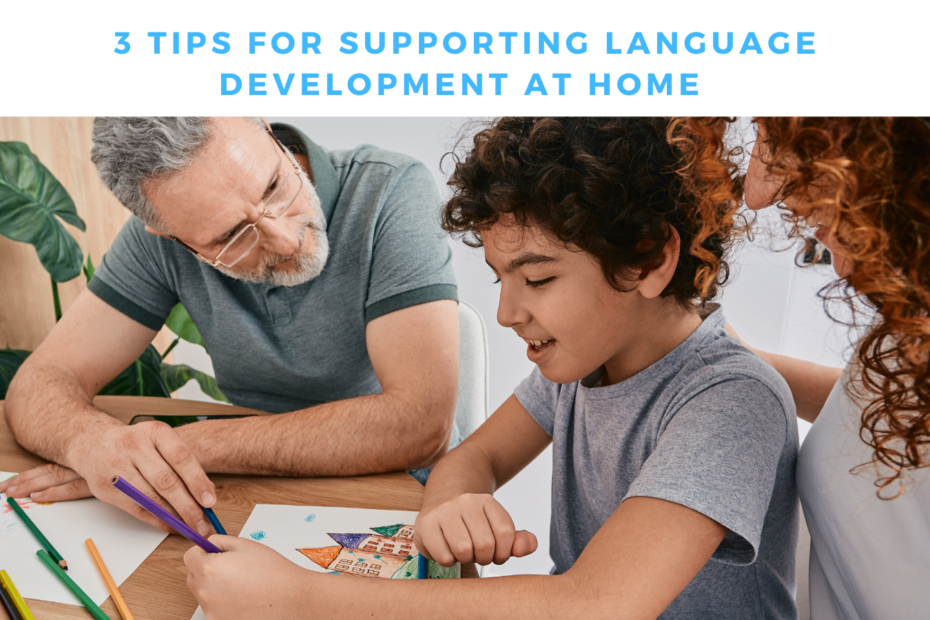The ability to understand others and express ourselves clearly can have such a big impact on a child’s overall confidence.
We first met William when he was in the reception year at school. He was able to understand single words and simple instructions such as ‘what’s that?’ This meant that he really struggled to take part in the classroom like everyone else, and spent most of his time playing in areas where talking and listening didn’t matter so much.
William was keen to learn and was good at copying, so we set to work, building on his language to a point where he could confidently take part like his peers.
Here are 3 of the ways we helped William make his fantastic progress…
Tip 1 – Use Small World Play
The first thing we used was the small world play sets that were already in the class.
Using people and animal figures we could talk about what the characters were doing and where they were going.
The figures played hide and seek (we could practise our positional language) or Simon Says (we could practise using different verbs to expand our sentences). We also explored new vocabulary by adding in furniture or moving the play to different places.
William enjoyed playing and learning at the same time, getting more creative to add in his own ideas over time.
Tip 2 – Use the Child’s Strengths
As William was beginning to imitate really well, we used this to help him learn new phrases, gradually expanding on them by adding an extra piece of information.
If William said “do you want the car?” we could model back, “I want the car” for him to copy. This helped him to create language from his own perspective as well as learning how to use longer, more complex phrases.
William really was like a sponge, so we used this to help him soak up new language all the time.
Noticing when a child is at this stage is really helpful – now is the time for therapy!
Tip 3 – Make the Most of Visuals
For lots of children, answering questions can be tricky. With questions, it is hard to prepare, and William was like many others as he muddled the different ‘wh’ questions.
Who versus what doing versus where – just 3 questions but enough to challenge emerging speakers.
The way we helped him to understand the difference between them was introducing 3 different coloured visual prompts. Each question was represented by a coloured card and introduced one at a time.
William associated ‘who?’ with people in toys and books, before identifying ‘what’ they were ‘doing’ and finally ‘where’.
Finally, the questions were mixed in together, so he had to apply his new knowledge with a better foundation in order to succeed.
William is now in Year 1 and has made amazing progress!
He can understand a wider range of concepts, answer questions, retell a story and make predictions. His sentences are much more complete.
William has also grown in confidence and his personality and sense of humour are shining through – he has no trouble telling everyone what he wants, whose turn it is in games and sharing what he has been up to!
If your child needs support with their speech and language journey, check out our services by clicking here and meet the team who love the challenge of providing motivating therapy!
